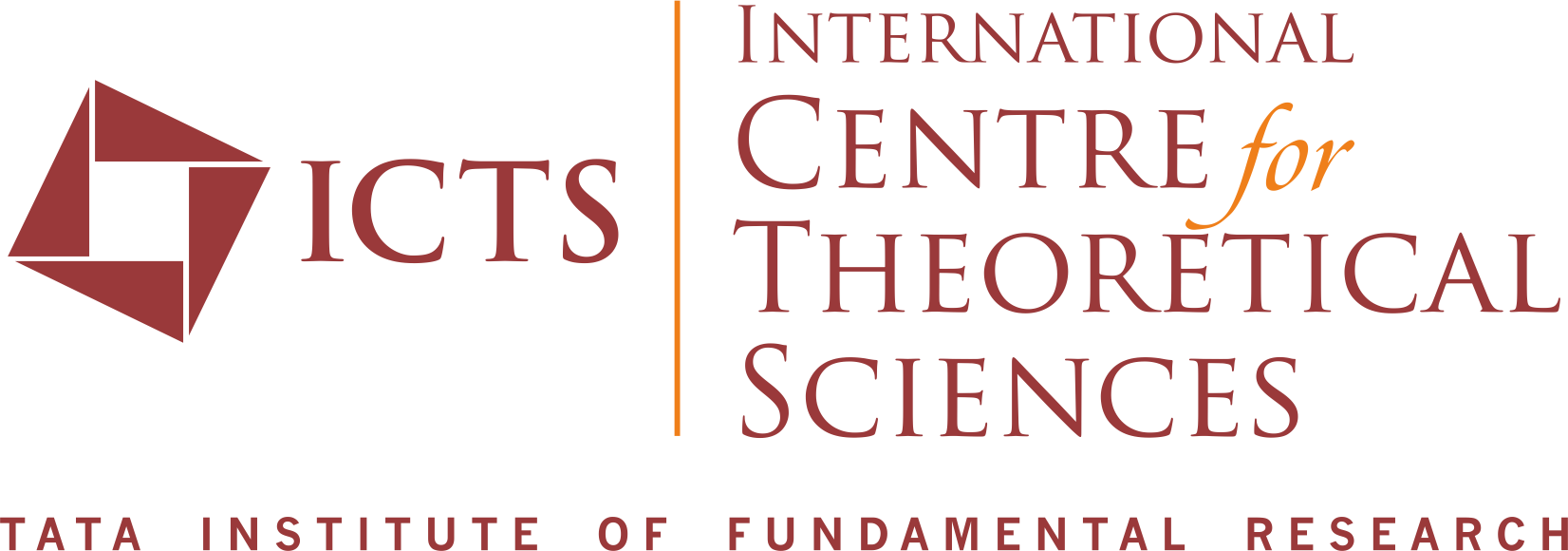Exploring gravitational-wave astrophysics: Source modeling, tests of general relativity, and gravitational lensing
I will summarize three main aspects of my Ph.D. thesis: modeling of gravitational-wave (GW) signals from binary black holes, tests of general relativity (GR) from GW observations, and gravitational lensing of GWs. I will first discuss my work on the modeling of higher multipoles of gravitational radiation produced by non-spinning binary black holes in quasi-circular orbits. As GW observations are enabling precision probes of fundamental physics and astrophysics, modeling of these higher-order multipoles becomes important. Following this, I will discuss a “no-hair” test of binary black holes that we formulated using our waveform model, which checks for the consistency of the binary’s parameters estimated from different multipoles. Any inconsistency between these would either imply the break-down of GR in the strong-field regime or the non-black hole nature of the compact objects. The third part of this talk will discuss the gravitational lensing of GWs, which is currently emerging as a powerful tool to probe gravity and astrophysics. Here, I will discuss a Bayesian model selection method that we developed to identify lensed pairs among the hundreds of binary black hole mergers detectable by aLIGO and Virgo detectors. I also present the results from a search for lensing signatures in the binary black hole mergers detected by LIGO and Virgo during their past observation runs.
